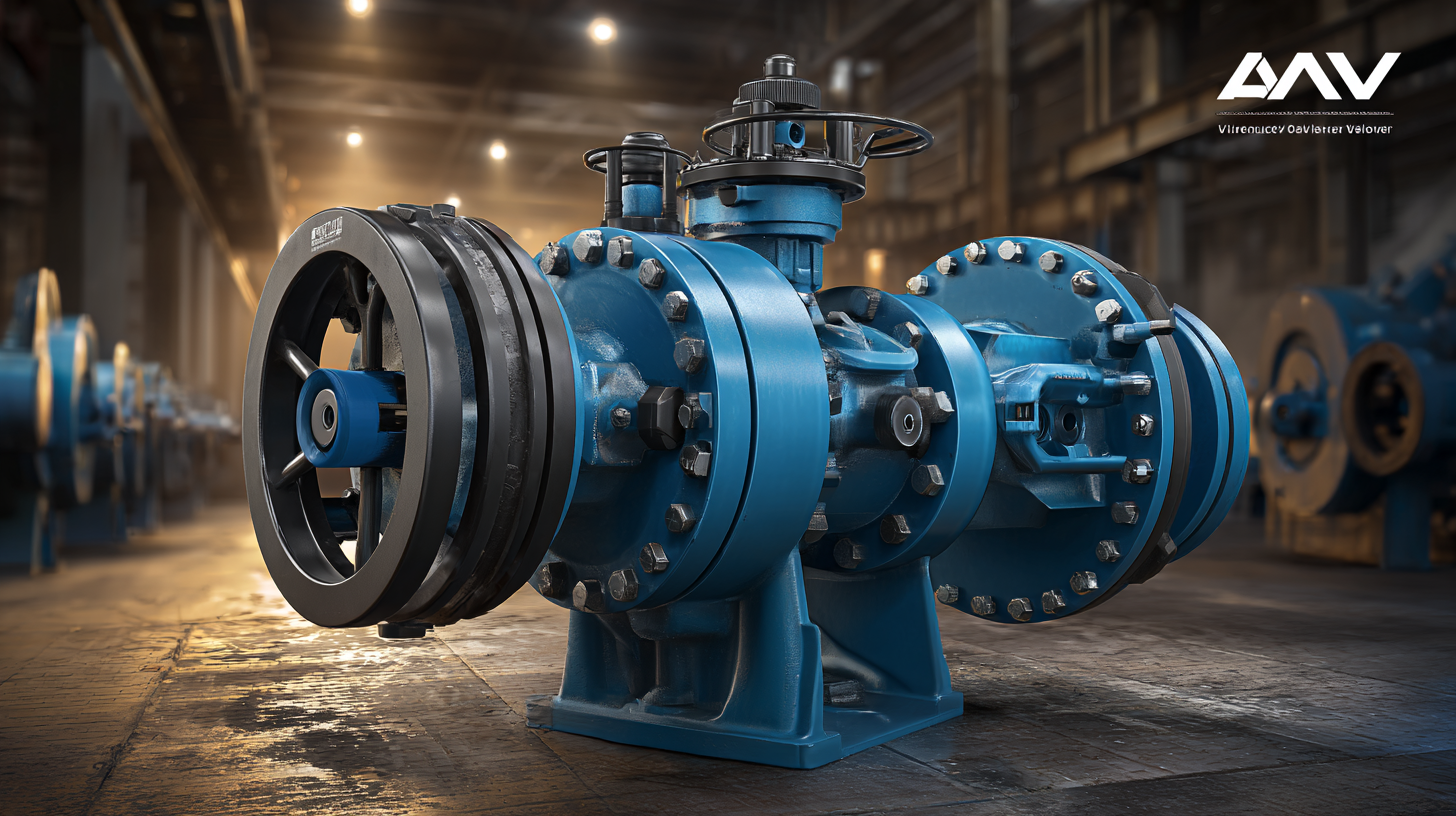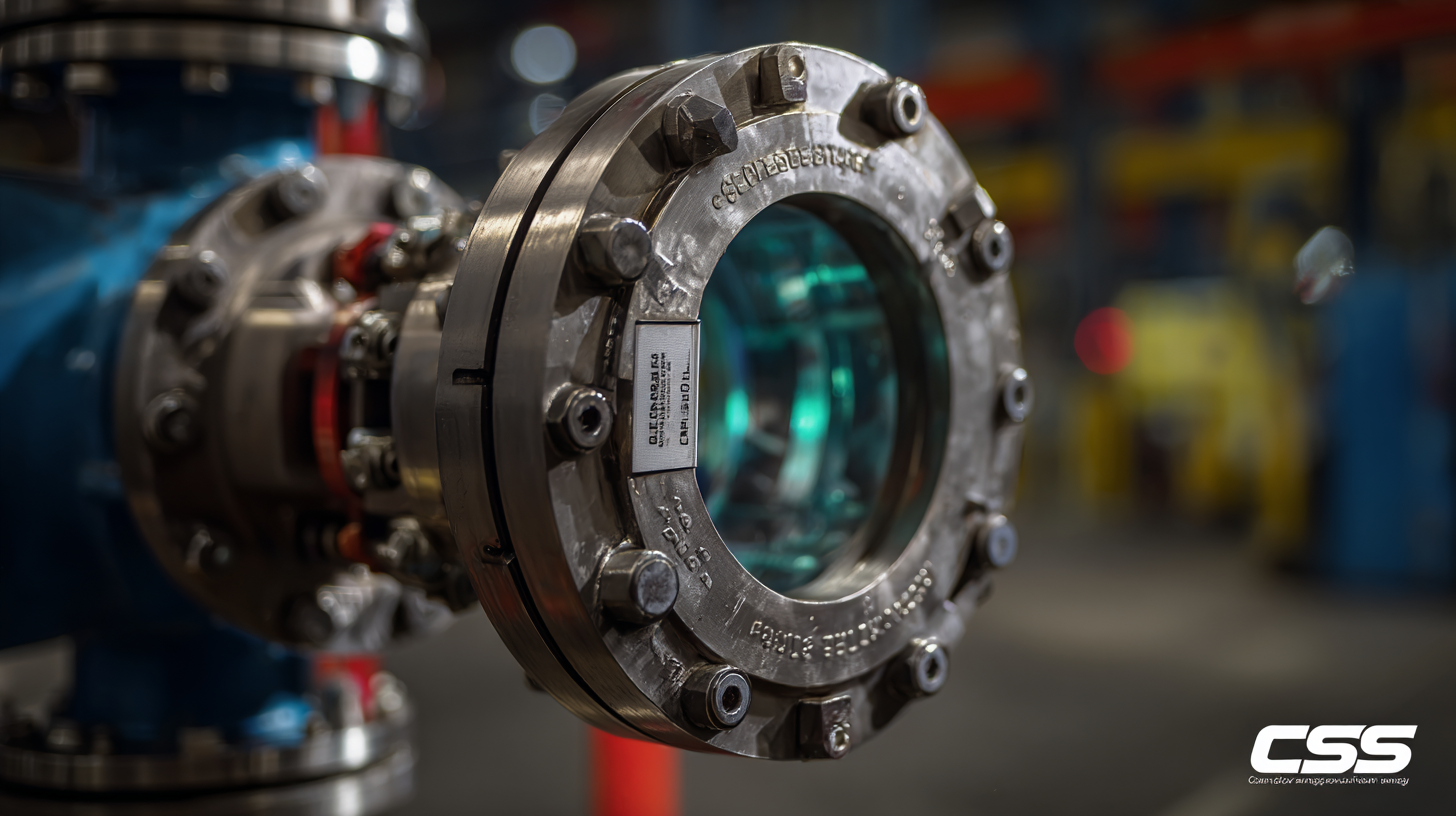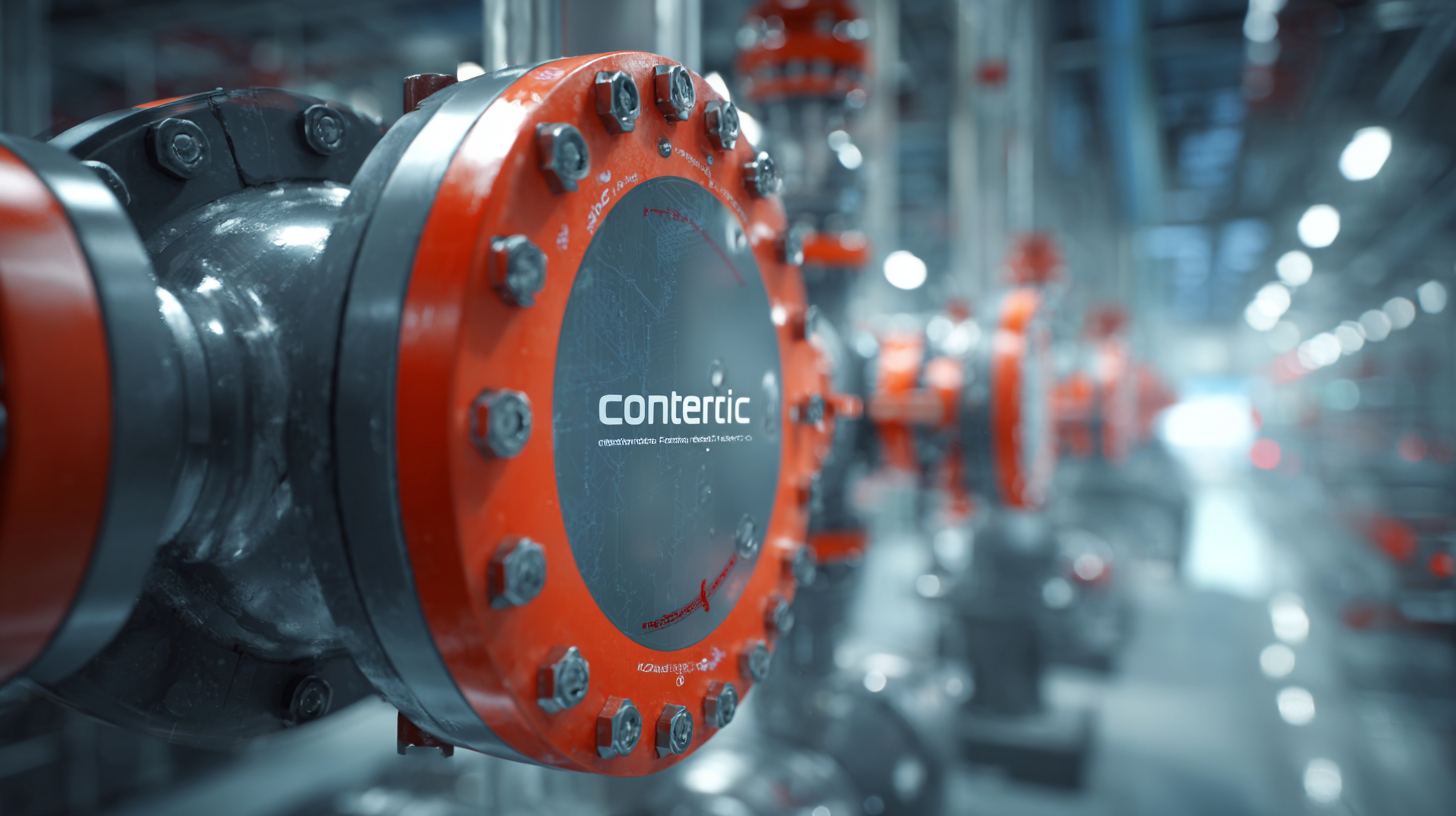- English
- Español
- Português
- русский
- Français
- 日本語
- Deutsch
- tiếng Việt
- Italiano
- Nederlands
- ภาษาไทย
- Polski
- 한국어
- Svenska
- magyar
- Malay
- বাংলা ভাষার
- Dansk
- Suomi
- हिन्दी
- Pilipino
- Türkçe
- Gaeilge
- العربية
- Indonesia
- Norsk
- تمل
- český
- ελληνικά
- український
- Javanese
- فارسی
- தமிழ்
- తెలుగు
- नेपाली
- Burmese
- български
- ລາວ
- Latine
- Қазақша
- Euskal
- Azərbaycan
- Slovenský jazyk
- Македонски
- Lietuvos
- Eesti Keel
- Română
- Slovenski
- मराठी
- Srpski језик

Solutions for Optimal Performance with the Best Concentric Butterfly Valve in Industrial Applications
In the realm of industrial applications, the demand for efficient and reliable fluid control solutions has never been higher. One pivotal component in this landscape is the Concentric Butterfly Valve, a device noteworthy for its design and performance. As industries worldwide seek to optimize processes while maintaining high standards of quality, the shift towards superior manufacturing practices has become imperative. The phrase "中国制造,品质升级,畅销全球" encapsulates this evolution, highlighting China's commitment to upgrading product quality for global markets. In this blog, we will explore how the Concentric Butterfly Valve stands at the forefront of these advancements, offering optimal performance, durability, and cost-effectiveness, thereby solidifying its place as a preferred choice in various industrial applications.

Key Features to Consider When Choosing Concentric Butterfly Valves
When selecting concentric butterfly valves for industrial applications, several key features should be considered to ensure optimal performance. First and foremost, the valve's material construction plays a crucial role in its suitability for specific environments. Depending on the nature of the medium being controlled—whether corrosive chemicals, water, or gas—the materials used, such as stainless steel, ductile iron, or plastic, can greatly influence durability and longevity.

Another important aspect is the valve size and pressure rating. The size needs to match the pipeline specifications, while the pressure rating must be appropriate for the operating conditions. Additionally, attention should be given to the sealing mechanism. A high-quality seat design, often made from elastomers or Teflon, will enhance leak prevention and provide a tight shut-off, thereby improving overall system efficiency. Finally, consider the actuation method—manual, electric, or pneumatic—which should align with operational requirements and ease of use in the intended application. By focusing on these features, industries can ensure that they choose the best concentric butterfly valve to meet their specific needs.
Comparative Analysis of Different Materials for Concentric Butterfly Valves
In industrial applications, selecting the right materials for concentric butterfly valves is crucial for optimizing performance and ensuring longevity. A comparative analysis reveals that materials such as stainless steel, ductile iron, and PVC exhibit distinct advantages depending on the operating environment. According to a report by the Valve Manufacturers Association, stainless steel valves provide exceptional resistance to corrosion and high temperatures, making them ideal for chemical processing industries. With a tensile strength of over 500 MPa, stainless steel valves outlast their counterparts in high-stress environments.

Conversely, ductile iron valves offer excellent mechanical properties and a cost-effective solution for less demanding applications. The American Society of Mechanical Engineers (ASME) states that ductile iron can withstand pressures of up to 250 psi, which suits various water and wastewater applications. On the other hand, PVC valves, with their lightweight nature and inherent resistance to corrosion, are often preferred in industries handling aggressive chemicals. According to a Materion report, the use of PVC in certain applications can reduce maintenance costs by up to 30% due to its resilience against chemical attacks. Each material brings unique benefits that must be considered in the selection process to achieve optimal performance.
Performance Metrics: Evaluating Efficiency in Industrial Applications
In industrial applications, evaluating the efficiency of concentric butterfly valves is critical for optimizing performance. Key performance metrics, including flow coefficient (Cv), pressure drop, and response time, play a vital role in determining the operational effectiveness of these valves. Recent studies indicate that valves with a higher Cv can facilitate greater flow rates with less energy expenditure, improving overall system efficiency. For instance, valves with a Cv greater than 300 are often preferred in high-capacity systems as they can significantly reduce the pressure drop across the valve, leading to lower energy consumption and operational costs.
Additionally, a report by the Fluid Control Institute highlights that the optimal response time for concentric butterfly valves in various applications should ideally be less than two seconds for quick-reacting systems. Achieving this response time ensures that the system can promptly adjust to fluctuations in pressure and flow, enhancing the reliability of processes such as water treatment and chemical processing. Furthermore, regular maintenance and precise installation can improve these performance metrics, leading to increased durability and lower failure rates, ultimately supporting a more efficient and sustainable industrial operation.
Performance Metrics of Concentric Butterfly Valves in Industrial Applications
This chart displays the performance metrics of concentric butterfly valves commonly used in industrial applications. It includes key indicators such as flow rate, pressure drop, efficiency, and response time, giving a comprehensive overview of their operational performance.
Cost-Benefit Analysis: Investing in High-Quality Butterfly Valves
Investing in high-quality concentric butterfly valves is essential for optimizing performance in industrial applications. While these valves may come with a higher upfront cost compared to their lower-quality counterparts, the long-term benefits far outweigh the initial investment. High-quality valves are designed to withstand harsh operating conditions, reducing the frequency of replacements and maintenance costs over time. This durability not only ensures a reliable operation but also minimizes downtime, which is crucial for industries that rely on continuous processes.
A cost-benefit analysis reveals that the enhanced efficiency of premium concentric butterfly valves translates to significant savings. Their superior flow characteristics allow for better control of fluid dynamics, leading to reduced energy consumption and lower operational costs. Additionally, the potential for reduced leakage in high-quality valves further improves system performance, helping industries to meet regulatory standards while cutting wastage. Ultimately, prioritizing quality in valve selection not only fosters operational excellence but also contributes to a healthier bottom line, making it a wise investment for any industrial application.
Case Studies: Successful Implementations of Concentric Butterfly Valves in Industry
In various industrial applications, concentric butterfly valves have emerged as a reliable solution for fluid control, showcasing their versatility and efficiency. One notable case study involves a chemical processing facility that faced frequent maintenance issues with their existing valve systems. By implementing high-quality concentric butterfly valves, the facility achieved significant reductions in downtime and maintenance costs. The design of these valves allowed for smooth operation and precise control, catering to the specific flow requirements of aggressive chemicals, ultimately enhancing operational reliability.
Another impressive implementation can be observed in the water treatment sector. A municipality struggled with outdated valves, leading to inconsistent water pressure and flow rates. By transitioning to concentric butterfly valves, the local government ensured better flow regulation and increased water supply efficiency. The lightweight construction and ease of installation reduced overall project timelines, allowing for quicker upgrades to the aging infrastructure. These successful case studies underscore the value of concentric butterfly valves in improving system performance and sustainability across various industries.
Solutions for Optimal Performance with the Best Concentric Butterfly Valve in Industrial Applications - Case Studies: Successful Implementations of Concentric Butterfly Valves in Industry
| Industry | Application | Valve Size | Material | Performance Improvement | Implementation Year |
|---|---|---|---|---|---|
| Water Treatment | Flow Regulation | 10 inch | 304 Stainless Steel | Reduced leakage by 30% | 2021 |
| Chemical Processing | Acid Transfer | 8 inch | PTFE-Lined | Improved flow stability | 2020 |
| Food & Beverage | Process Control | 12 inch | 316 Stainless Steel | Increased sanitary compliance | 2022 |
| Oil & Gas | Pipeline Isolation | 6 inch | Carbon Steel | Enhanced flow control | 2023 |
| Pharmaceutical | Dosing Systems | 4 inch | Hygienic Stainless Steel | Minimized contamination risks | 2021 |
